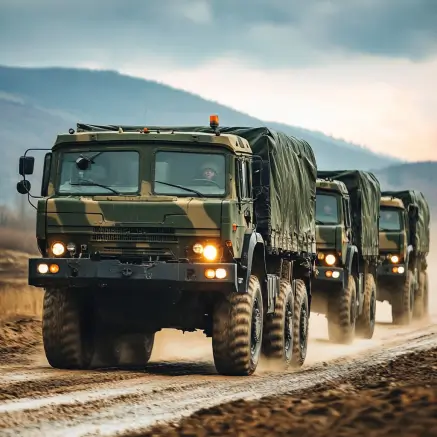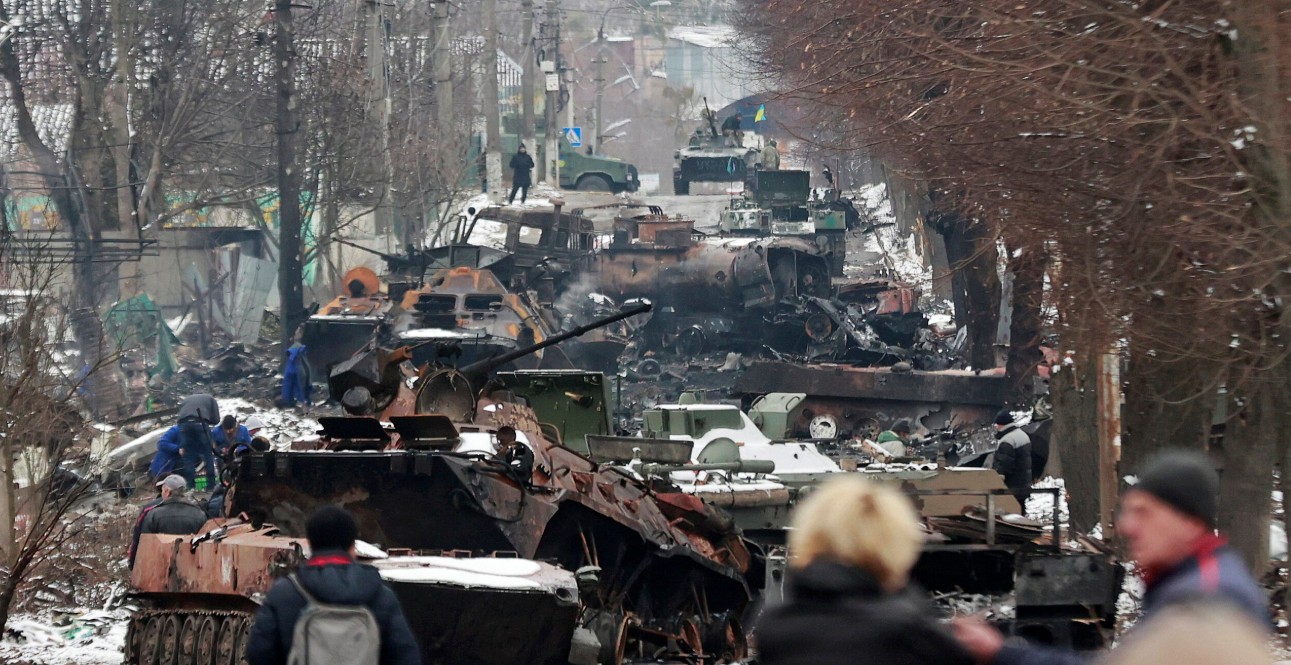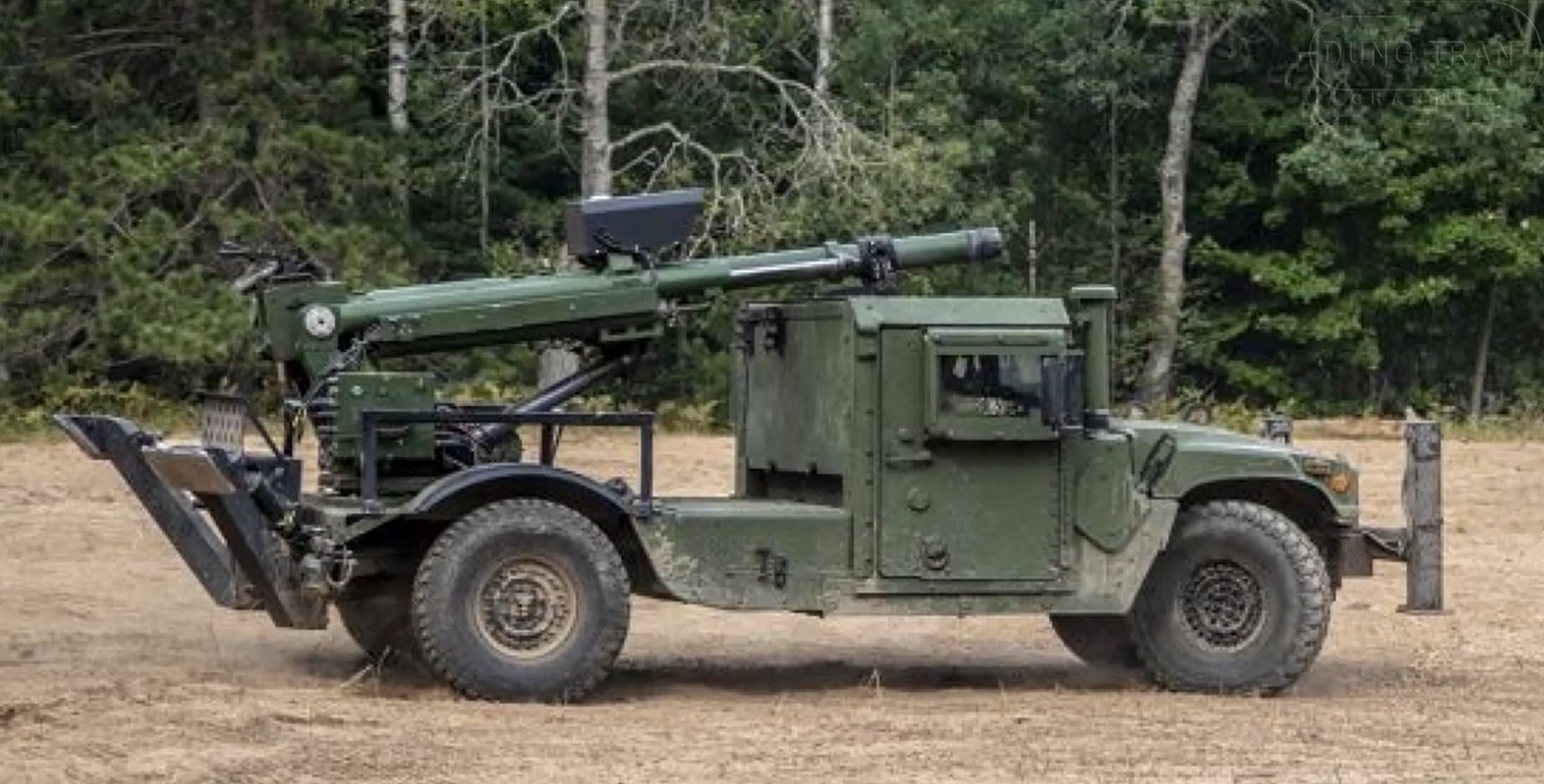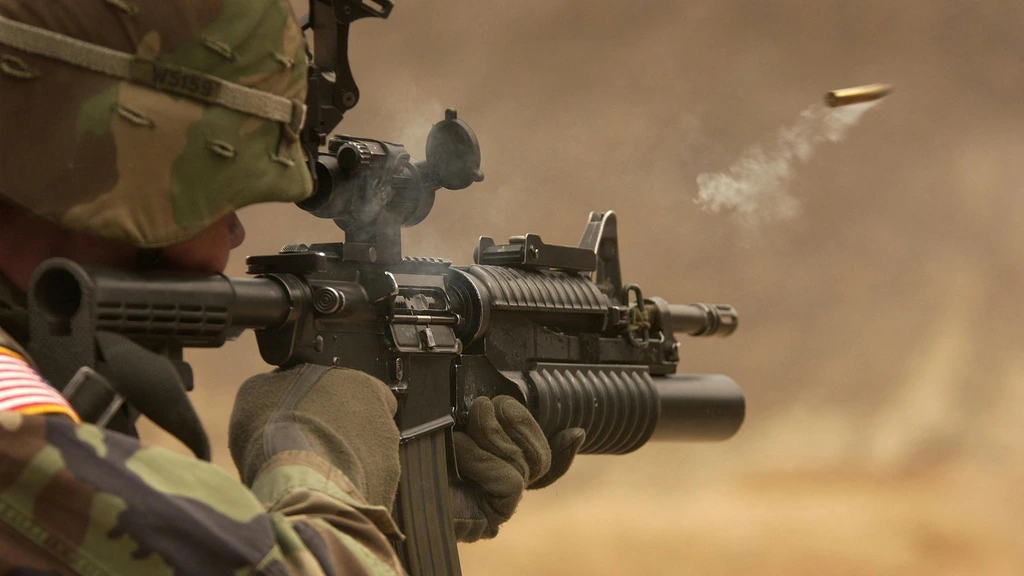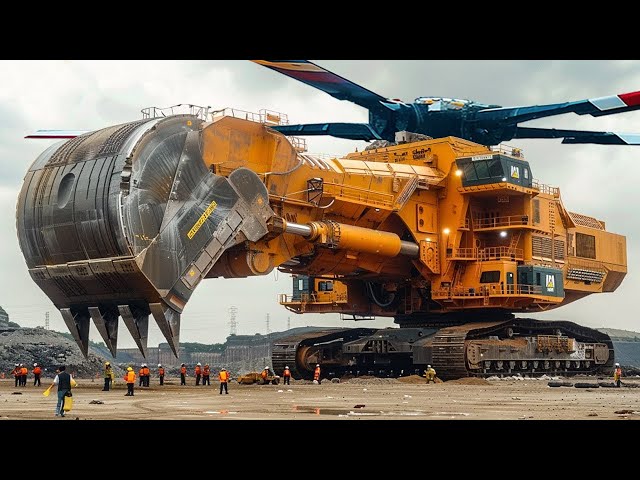The Backbone of Military Operations
Modern military logistic trucks are the unsung heroes of military operations around the globe. These robust vehicles are designed to meet the demanding conditions of the battlefield, ensuring troops and equipment can be mobilized efficiently. They excel in transporting essential supplies such as fuel, ammunition, food, water, and medical equipment, ensuring frontline units remain operational.
Key Features of Military Logistic Trucks
Unlike civilian trucks, military logistic vehicles are built to be exceptionally durable and versatile. They must navigate a variety of terrains, including deserts, forests, and mountainous regions. Here are some of the key features that make these trucks indispensable:
- All-terrain Capability: Equipped with advanced suspension systems and four-wheel drive, allowing them to traverse difficult landscapes with ease.
- Load Capacity: Capable of carrying heavy loads, often exceeding several tons, to ensure the necessary supplies can be transported in a single trip.
- Armor Protection: Some models include armored plating to protect the vehicle and its cargo from enemy fire.
- Advanced Technology: Modern trucks are integrated with GPS, satellite communications, and other technologies to ensure precise navigation and coordination with command units.
Specifications Table
| Feature | Specification |
|---|---|
| Engine | Diesel, 6-cylinder |
| Load Capacity | Up to 10 tons |
| Drive Type | 4×4 / 6×6 |
| Range | Up to 800 km |
| Armoring | Optional |
Diverse Roles and Configurations
Military logistic trucks come in various configurations, each tailored for specific tasks. From tactical refueling trucks that keep aircraft and vehicles operational to mobile kitchens ensuring troops are well-fed, the versatility of these trucks is remarkable. Here are a few notable configurations:
- Fuel Tankers: Essential for maintaining the operational range of mechanized units.
- Cargo Trucks: Used for general transport of goods and troops.
- Recovery Vehicles: Equipped with cranes and towing equipment to retrieve damaged or stuck vehicles.
- Medical Evacuation Trucks: Outfitted with medical equipment for the safe transport of wounded personnel.
Integration with Modern Warfare Strategies
In the age of network-centric warfare, logistic trucks are expected to integrate seamlessly with broader military operations. The need for rapid deployment, real-time communication, and precise logistical coordination underscores their importance on the modern battlefield. As a result, military logistic trucks are increasingly being equipped with the latest in digital technology and communication tools, enabling them to directly integrate with command and control systems.
Furthermore, logistic trucks play a crucial role in military exercises and peacekeeping operations, where logistics can often be a deciding factor in the effectiveness of a mission. The ability to establish and maintain supply lines is critical, and logistic trucks provide the backbone of this capability.
Emerging Technologies and Future Trends
As military technology continues to evolve, so too do logistic vehicles. Innovations such as autonomous driving technology, hybrid powertrains, and enhanced armor are being tested and gradually implemented. The future holds the possibility of unmanned logistic convoys, which could reduce the risk to personnel and increase operational flexibility.
Autonomous logistic trucks are particularly promising. By eliminating the need for a driver, these vehicles can take more direct and possibly dangerous routes without risking human lives. They are equipped with sensors and artificial intelligence systems that allow them to navigate complex environments, making autonomous logistics a key focus for future military strategies.
Challenges in Military Logistics
Despite their capabilities, military logistic trucks face several challenges. The vast distances and diverse climates in which they operate put significant strain on these vehicles. Additionally, the dynamic nature of military engagements can see supply lines pressured or cut, requiring rapid adaptability and resilience from logistic units.
Maintaining these vehicles in top condition is also a logistical challenge. Routine maintenance must occur even in field conditions, and spare parts can be a logistical hurdle when operating in remote locations. As such, a large part of logistical planning involves ensuring that maintenance and repair capabilities are on hand wherever these vehicles are deployed.
Moreover, ensuring these vehicles remain unobtrusive to enemy surveillance and defense systems is crucial. Countermeasures against jamming and hacking attempts are continuously being developed to protect onboard systems from adversarial interference.
The Impact of Modern Logistic Vehicles
Overall, the development and deployment of modern military logistic trucks continue to significantly impact military strategies worldwide. These vehicles provide the essential support that allows military units to function effectively, highlighting their status as a critical component of military infrastructure. As military demands evolve, logistic trucks will undoubtedly adapt to meet new challenges, ensuring their role remains pivotal in the complex tapestry of modern military operations.
